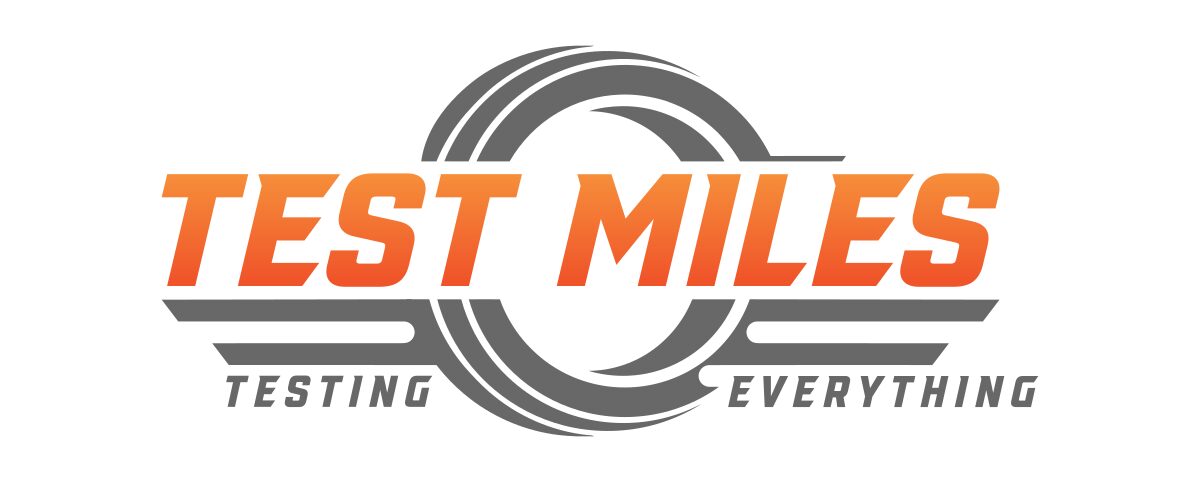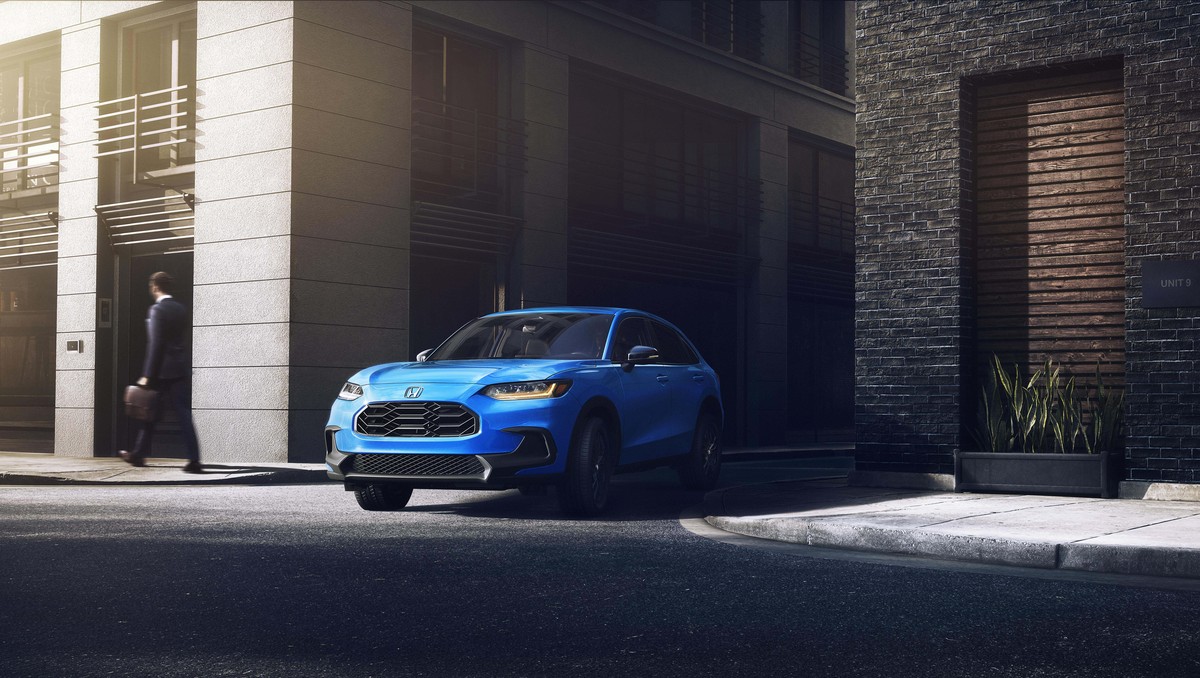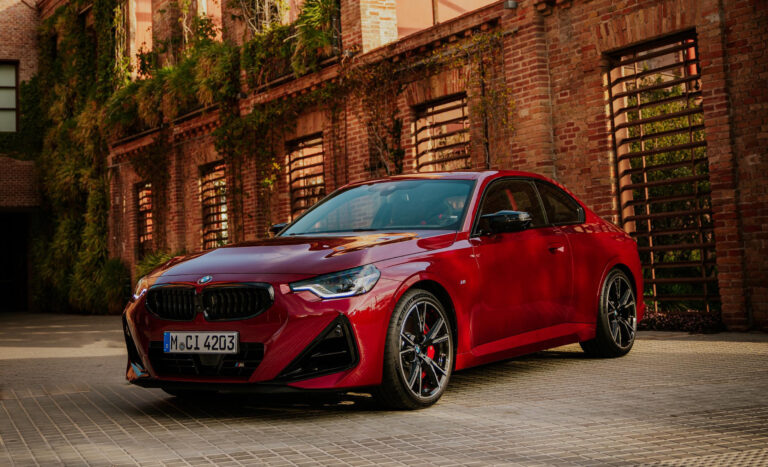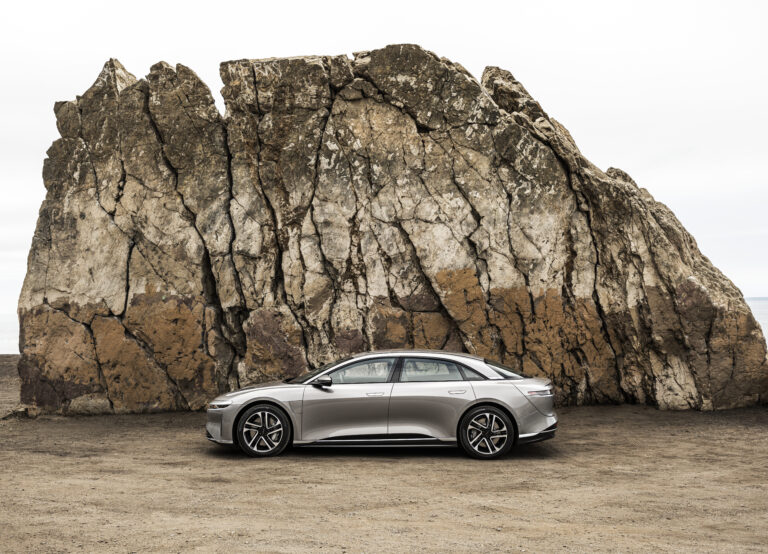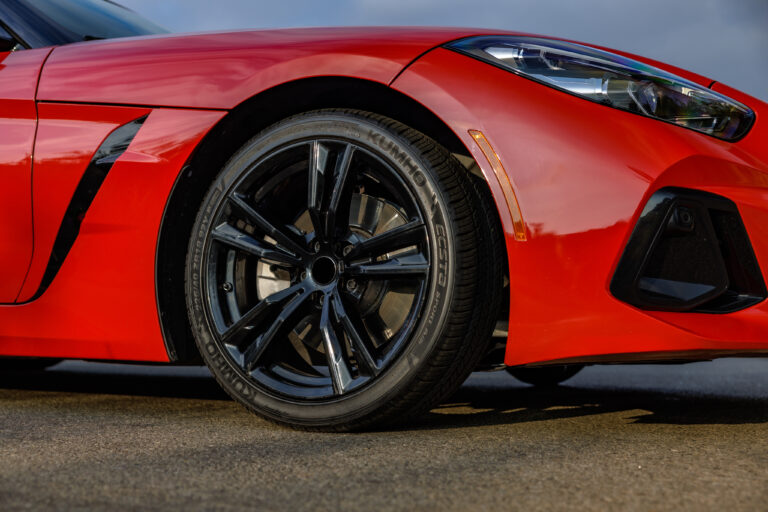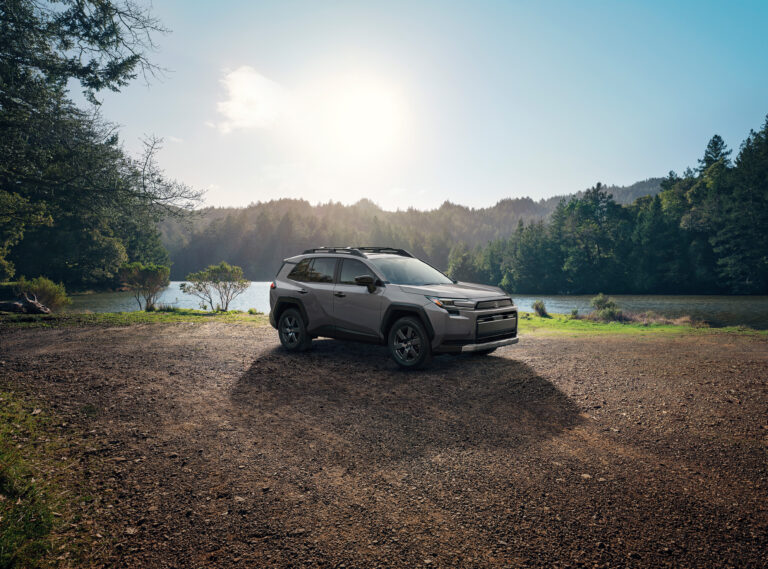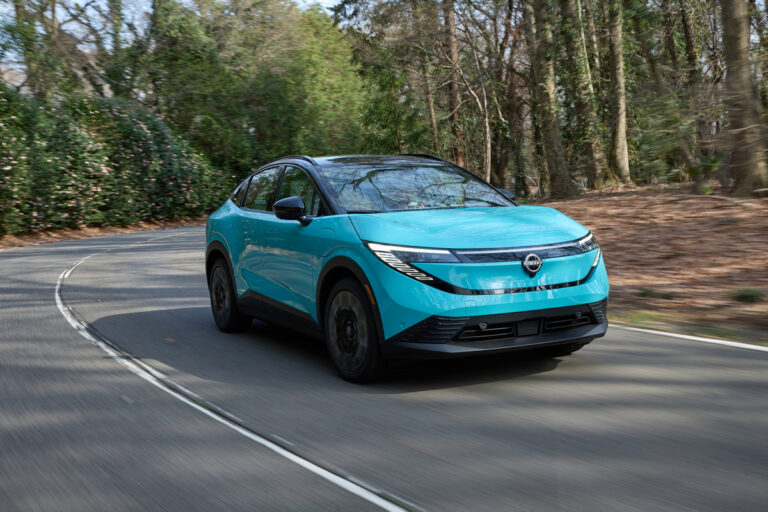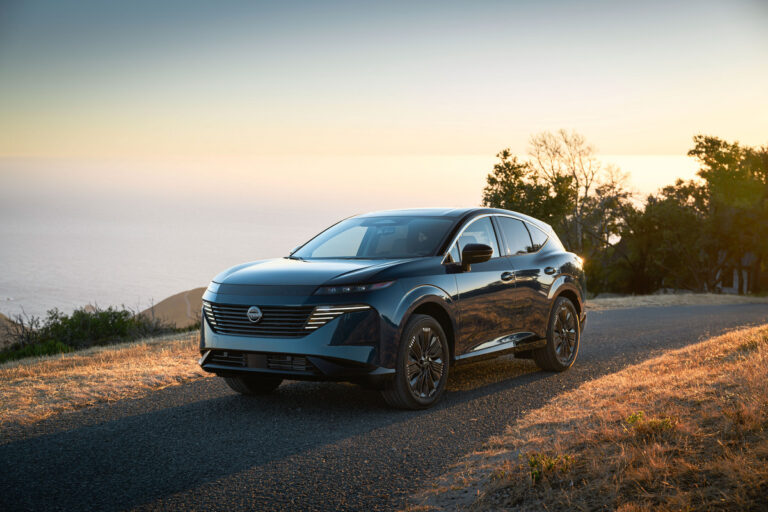2026 Honda HR-V Review: New Tech, New Looks, Same Youth Magnet
By Nik Miles – Test Miles
Why does this car matter right now?
Because Gen Z isn’t buying sedans, and Honda knows it. The 2026 HR-V isn’t trying to be the fastest, flashiest, or fanciest SUV on the market. It’s trying to be the smartest way to keep first-time buyers in the Honda ecosystem without scaring them off with adult responsibilities—like insurance deductibles or oil changes.
And judging by the numbers, it’s working. The HR-V is already America’s #1 SUV with first-time and Gen Z buyers. Now, it’s back with a mid-cycle refresh that adds larger screens, wireless everything, and just enough visual polish to make you double-tap the Instagram post before realizing it’s a Honda.

What’s new for 2026?
Let’s start with the screens, because that’s how Gen Z measures value.
The 2026 HR-V now comes standard with a 9-inch high-definition touchscreen—two inches bigger than before, because apparently size does matter, at least on dashboards. Wireless Apple CarPlay and Android Auto are finally standard, as is a wireless phone charger. No cables, no excuses.
Every trim benefits: the LX gets Pewter Gray 17-inch alloys and privacy glass (because your gear, like your secrets, deserves discretion). The Sport trim adds gloss black badging and a Boost Blue Pearl paint job that screams “weekend autocross,” even if it’s really just “Trader Joe’s run.” And EX-L owners now get silver steering wheel spokes, multicolor climate control knob lighting (yes, really), and LED footwell illumination—because what says luxury like seeing your socks at night?

How does it stack up against rivals?
In the subcompact SUV space, the HR-V is a bit like that one friend who always shows up on time, brings snacks, and never makes a scene. It’s not the fastest or most off-road capable in the segment—that’s Hyundai Kona N or Subaru Crosstrek territory—but it’s roomier than the Mazda CX-30, more polished than the Kia Seltos, and less expensive than the VW Taos once you add options.
Performance remains sensible: a 2.0-liter naturally aspirated engine paired with a CVT makes 158 horsepower. It won’t win any races, but then again, it won’t attract speeding tickets either. Fuel economy lands between 27–28 mpg combined depending on FWD or AWD—respectable, if not revolutionary.
Where it punches above its weight is comfort and tech-for-the-dollar. The HR-V doesn’t pretend to be premium, but it nails the basics: real buttons, a low beltline for visibility, excellent crash safety credentials, and Honda Sensing® standard across the board. And yes, it still uses a proper independent rear suspension, which should be a legal requirement for any crossover that dares to call itself “sporty.”

Who is this really for—and who should skip it?
This car isn’t for people who think “track mode” should be on a crossover. It’s for renters, recent grads, and reality-facing millennials who need an all-weather vehicle that won’t bankrupt them before their student loans do.
The HR-V buyer wants a taste of adventure with the safety net of a manufacturer’s warranty. They care more about fuel economy than top speed, and they’d rather have a wireless charger than a turbocharger. The AWD option, priced at a modest $1,500 upcharge across all trims, adds peace of mind in foul weather without pretending you’re about to climb Mount Hood.
If you’re looking for raw performance, buy something German. If you’re trying to squeeze adulthood into a monthly payment under $350, start here.

What’s the long-term significance?
This isn’t just about one model. The HR-V is Honda’s baited hook for a generation that grew up during the iPhone era but now faces insurance premiums and climate anxiety. By focusing on tech integration, style that doesn’t scream for attention, and a sub-$30,000 price tag (before destination fee), Honda is quietly securing brand loyalty before the EV tidal wave hits.
And no, this isn’t an EV—yet. But Honda has plans. The HR-V leads to the CR-V Hybrid, which leads to the all-electric Prologue. It’s a staircase, not a leap. The HR-V’s job is to make sure Gen Z starts climbing.

Final Verdict
The 2026 Honda HR-V is proof that you don’t have to be loud to be smart. With its tech upgrades, sharper styling, and smart pricing, it stays laser-focused on its mission: get young drivers into the showroom, hand them keys, and gently whisper, “You’ve arrived.”
Even if you haven’t figured out how to do your taxes yet.
Like what you’ve read? Stay in the driver’s seat with more insider automotive insights. Follow @NikJMiles and @TestMiles for stories that go beyond the press release.
